|
Having a horse can be an expensive hobby at the best of times. And right now, with the COVID-19 coronavirus pandemic affecting many businesses and employees, is not the best of times! It's easy for horses and ponies to seem like a bottomless pit into which you tip your money. But it is possible to make your dollars go further and still maintain your horse's health and welfare.
Maybe one of the money-saving tips in our handy infographic below will help you to stretch your dollars further. Please feel free to share! And use the comments to tell us about your favourite horse budget hack. When We Are By Joanne Verikios inspired by a horse called خليل When your vibration finds the rhythm of our vibration, it is because you allow yourself to be love, to respond as love, to send love. When you trust, we trust, trust is all and all is love. Then, in the glory of all nature, we make one song, one verse, the universe. You, we, are the universe. We are. We. Are. We are. The original version of this article by Joanne Verikios was published in Equestrian Country Magazine, Issue 7, Winter 2019 as "How To Prepare Your Horse For An Emergency". My Country by Dorothea Mackellar is a stirring poem that shows an awed but philosophical acceptance of the beauty and terror of nature. As I write this, parts of Dorothea's country - my country - are again being wracked by floods, starved by drought and destroyed by bushfires. Australia has cyclones too; other parts of the world have tornadoes, typhoons and hurricanes. And then there are earthquakes, mudslides and avalanches.
In addition to what nature throws at us, we sometimes have to deal with disasters that result from human error, or crimes such as arson. So my question for you is, how ready are you and your horse for an emergency?
This article sets out some simple skills and tactics that could save your horse's life... and your own. Newsflash: "The Horse Is Not Here" Poem adopted by Animal Assisted Learning Program in Ohio, USA4/9/2019
Back in February 2019, I was honoured and delighted to receive a request from a startup non-profit organisation called LOVE GROWS LOVE. They asked if they could use my poem, "The Horse Is Not Here", because they thought it captured the essence of the “Power Tools For Living” program. Of course I was happy to give them my blessing. I also greatly appreciated their courtesy in asking for permission and their professionalism in acknowledging my authorship of the poem. And I love the image they have paired with it on Facebook! Hope you do too: Their mission is to engage horses to help participants gain a deeper understanding of faith-based values, therefore improving their quality of life. EAL (Equine Assisted Learning) is an experiential approach to growth and learning in collaboration with horses which can be very powerful for participants from all walks of life.
Check out the Love Grows Love Animal Assisted Learning page on Facebook if you would like to learn more about their work. To Plait or Not to Plait - an excerpt from "Winning Horsemanship. A Judge's Secrets And Tips For Your Success" by Joanne Verikios There are many ways to present your horse’s tail and mane at showtime, from au naturel to pulled, plaited, banded or braided; hogged and taped like a polo pony; or beribboned and decorated with flowers, ears of wheat and bells like a draught horse. Much depends on the event and the breed. After that, it’s down to your own skills, time available and personal preferences. During the 2015 Australian Warmblood Horse Association Assessment Tour, Silvia Ahamer demonstrated how a plaited tail can constrict a horse’s movement – a revelation for the owners and a godsend for several horses when their tails were set free! In their guidelines, the AWHA actually recommends that tails not be plaited and that plaits, if used, be loose. Nevertheless, some people did present their horses plaited up to the nines, which let us see quite a few before and afters because everybody accepted our suggestion to un-plait. I remember a ridden mare who held her tail clamped down and to one side with it plaited. Then you could see her centring her tail and relaxing her back when the plaits came out and suddenly she moved a whole lot better. It made me uneasy to think of all the tails I have plaited in the past. I probably even wondered why the poor horse “didn’t go as well as he did at home”. These days, I would definitely opt for other methods of neatening the top of the tail if required, or simply accept that horses have tails and it is alright to present them in all their glory. TIP: If you opt to plait, always ease the dock into its natural curve when you have finished. Taking thicker sections of tail may be more comfortable for the horse than the very fine strands that are often seen. Think basket weave rather than birdcage. If the mane is to be plaited, it is customary to have an uneven number of plaits along the neck. The forelock is usually plaited but may be left loose for most events. Manes may not have such a big effect on movement because the spacing of the plaits allows for flexion of the neck, but I am sure that if some hairs were pulling badly it could impact on a horse’s attitude, so do not plait so tightly. TIP: Experiment ahead of time with all your grooming enhancements, including how many and what kind of plaits you will have, then stick to your plan on show day. If you enjoyed this post, you might also like Horse Clipping Tips and Manes, Beards and Whiskers - To Trim Or Not To Trim.
Feel free to LIKE & SHARE! |
From a very early age I have been able to tune in to what horses and ponies were thinking and what they were likely to do next.
Archives
September 2020
Categories
All
|

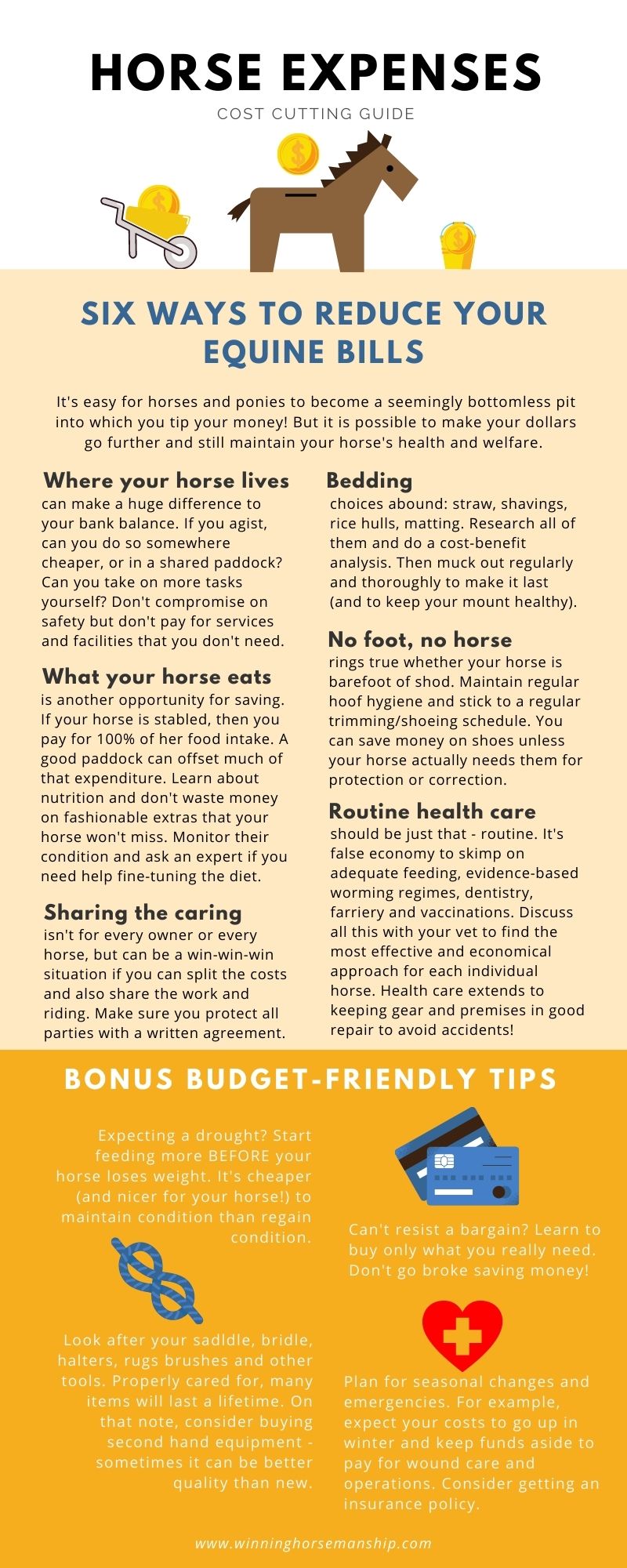
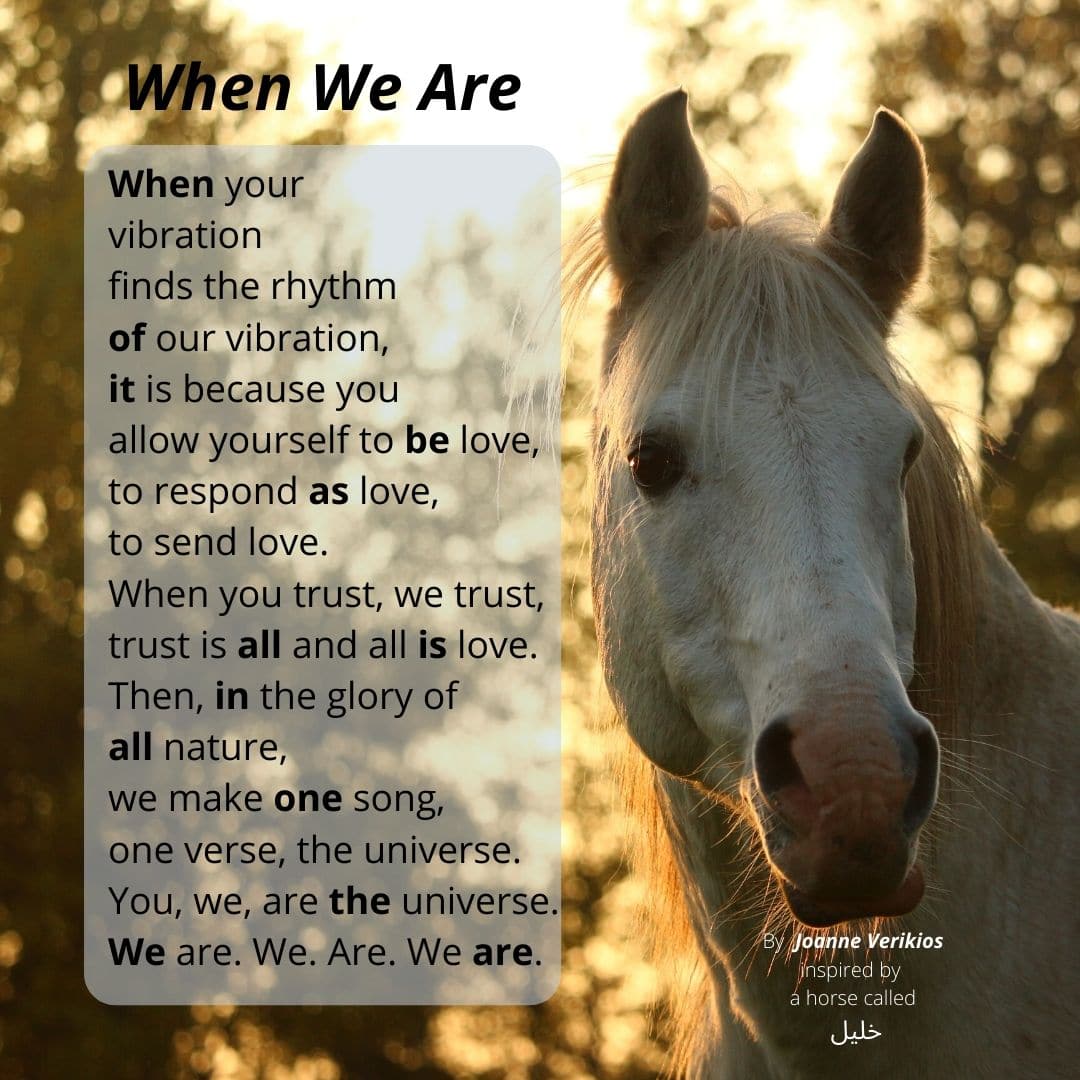
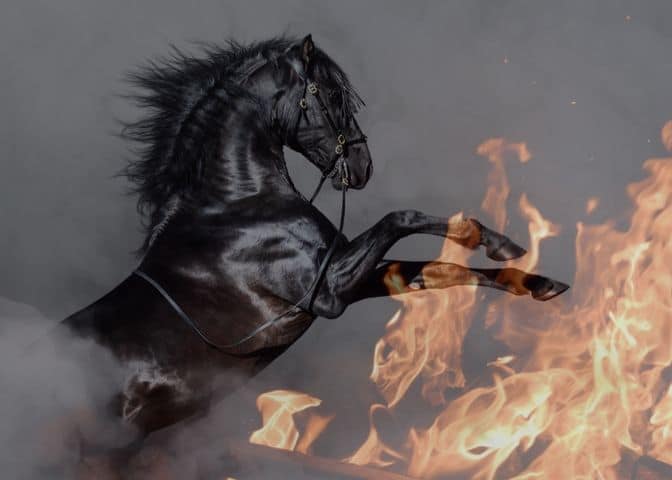
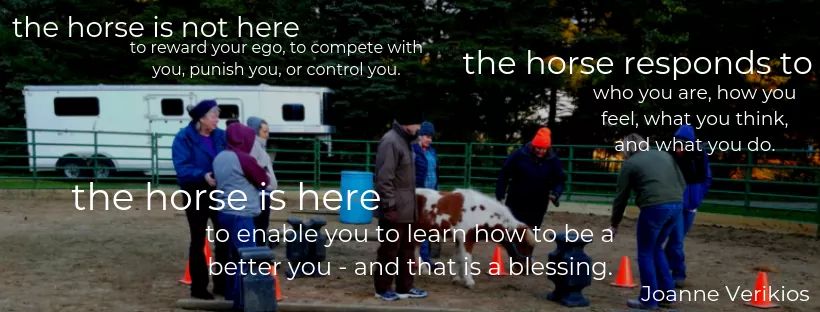
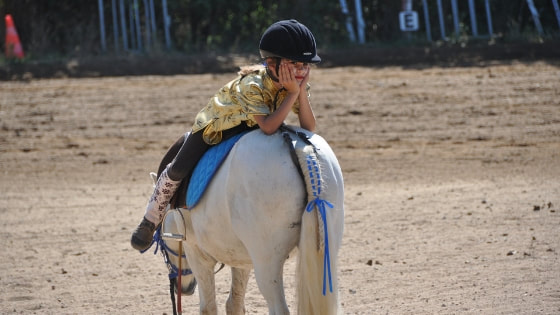

 RSS Feed
RSS Feed